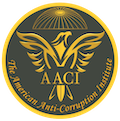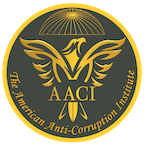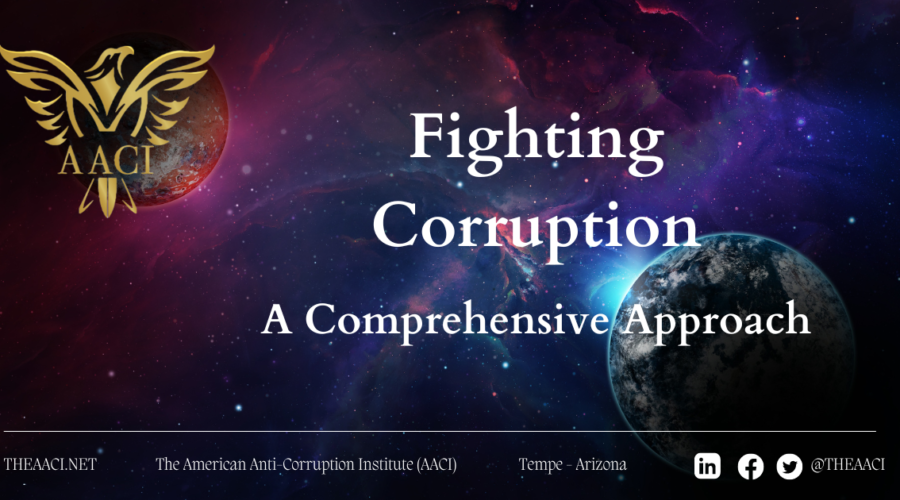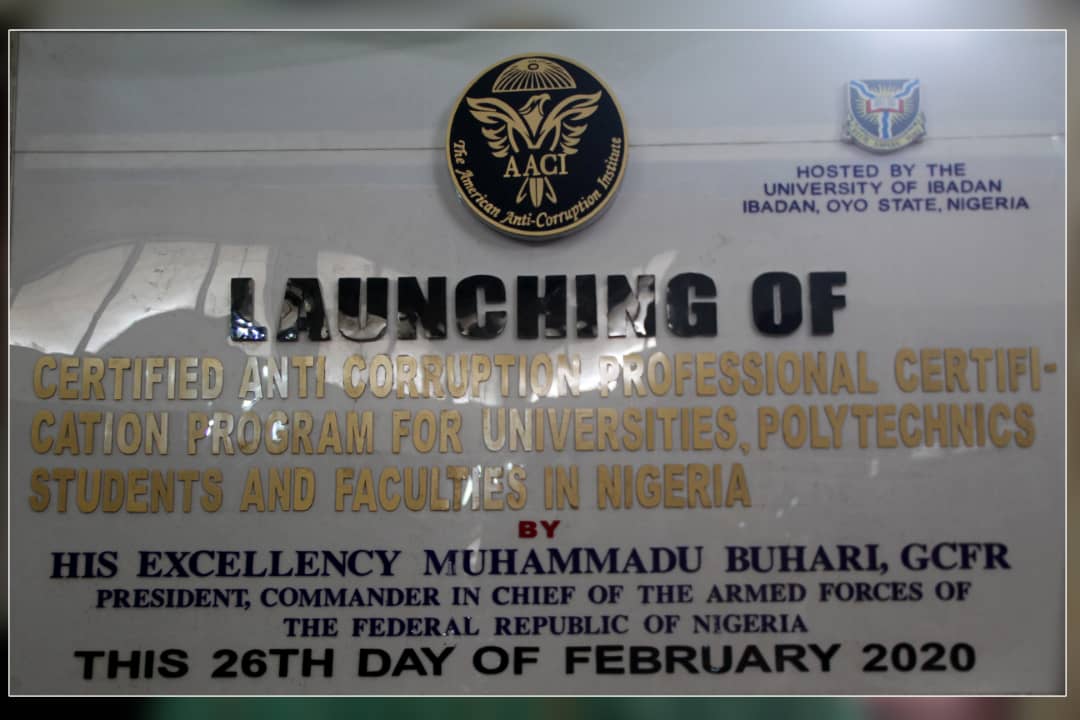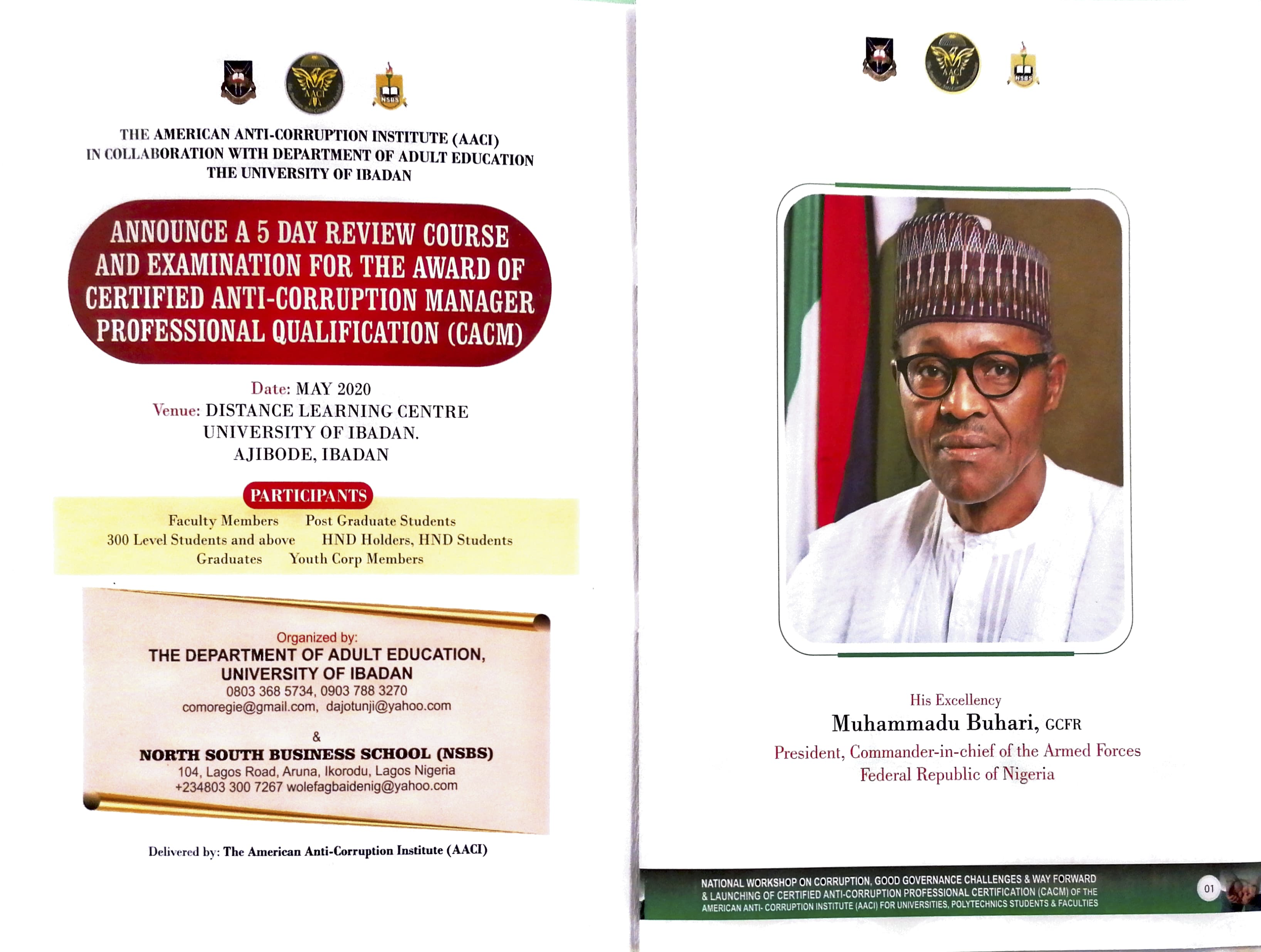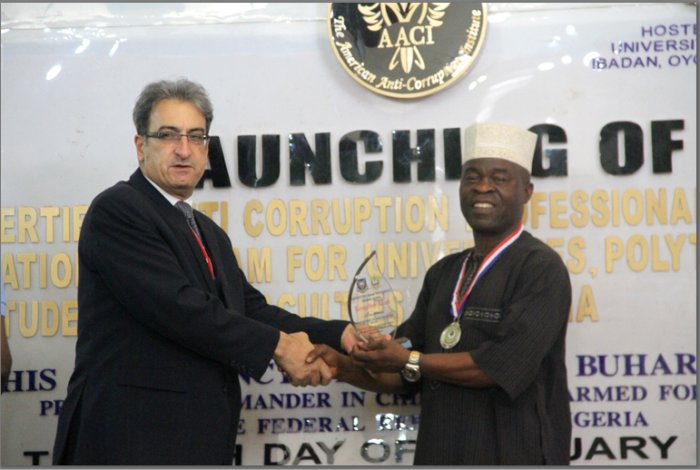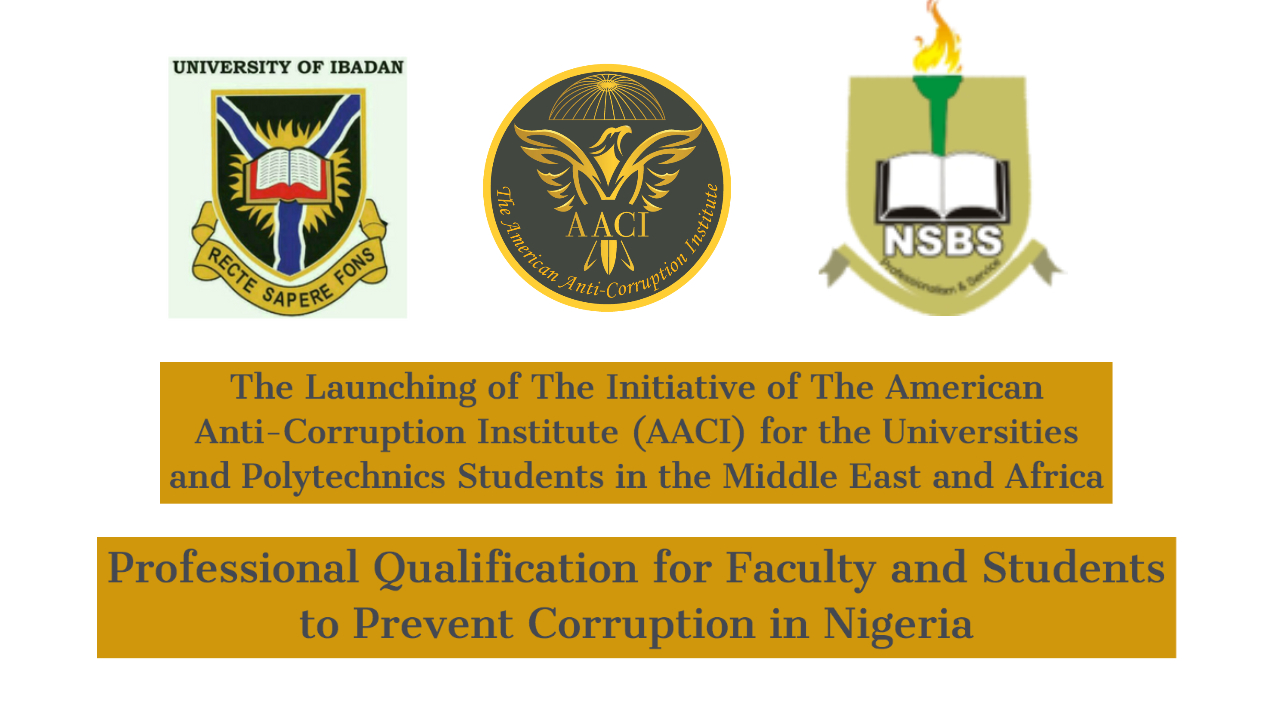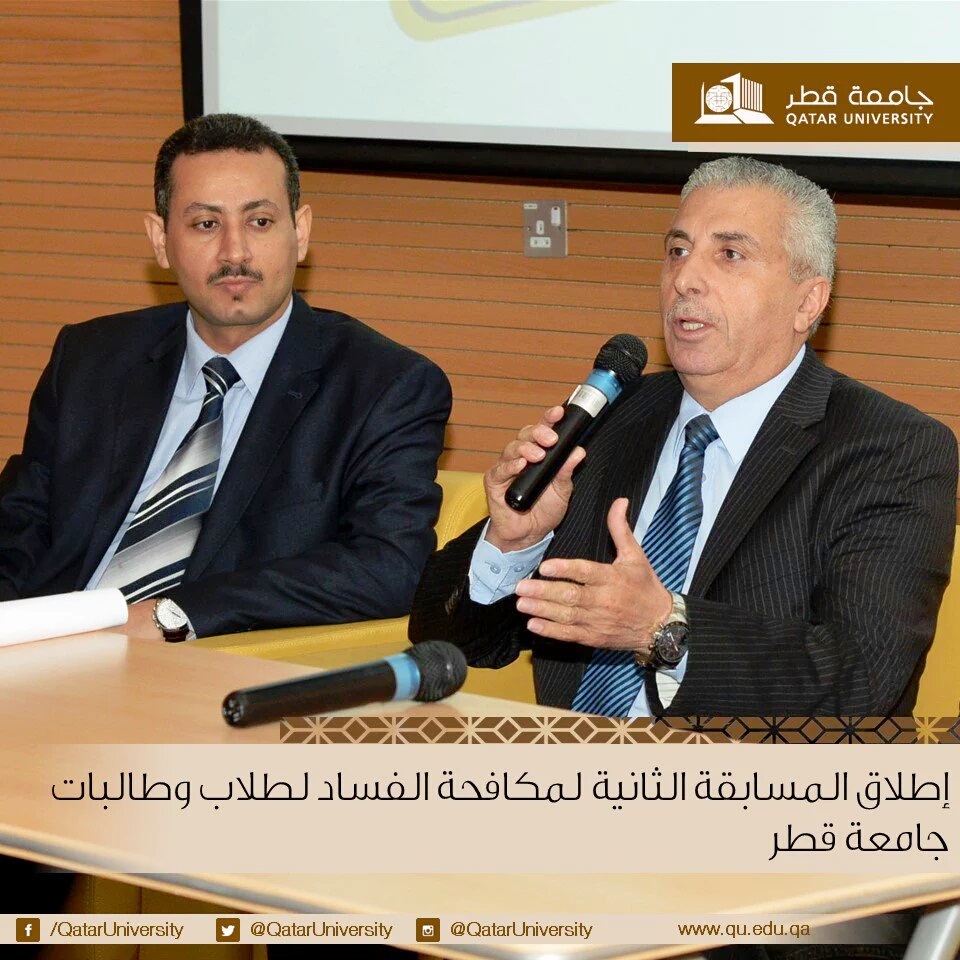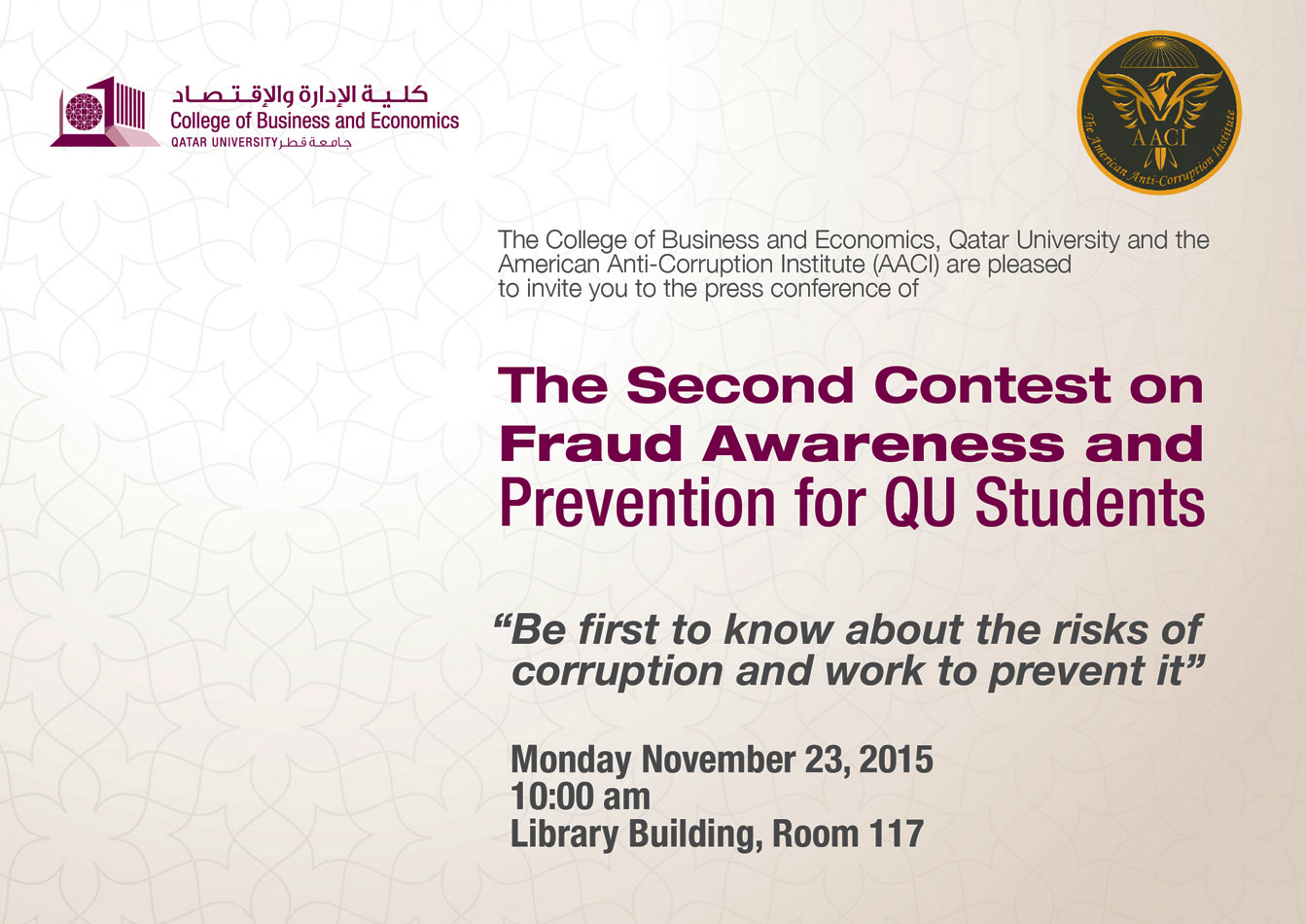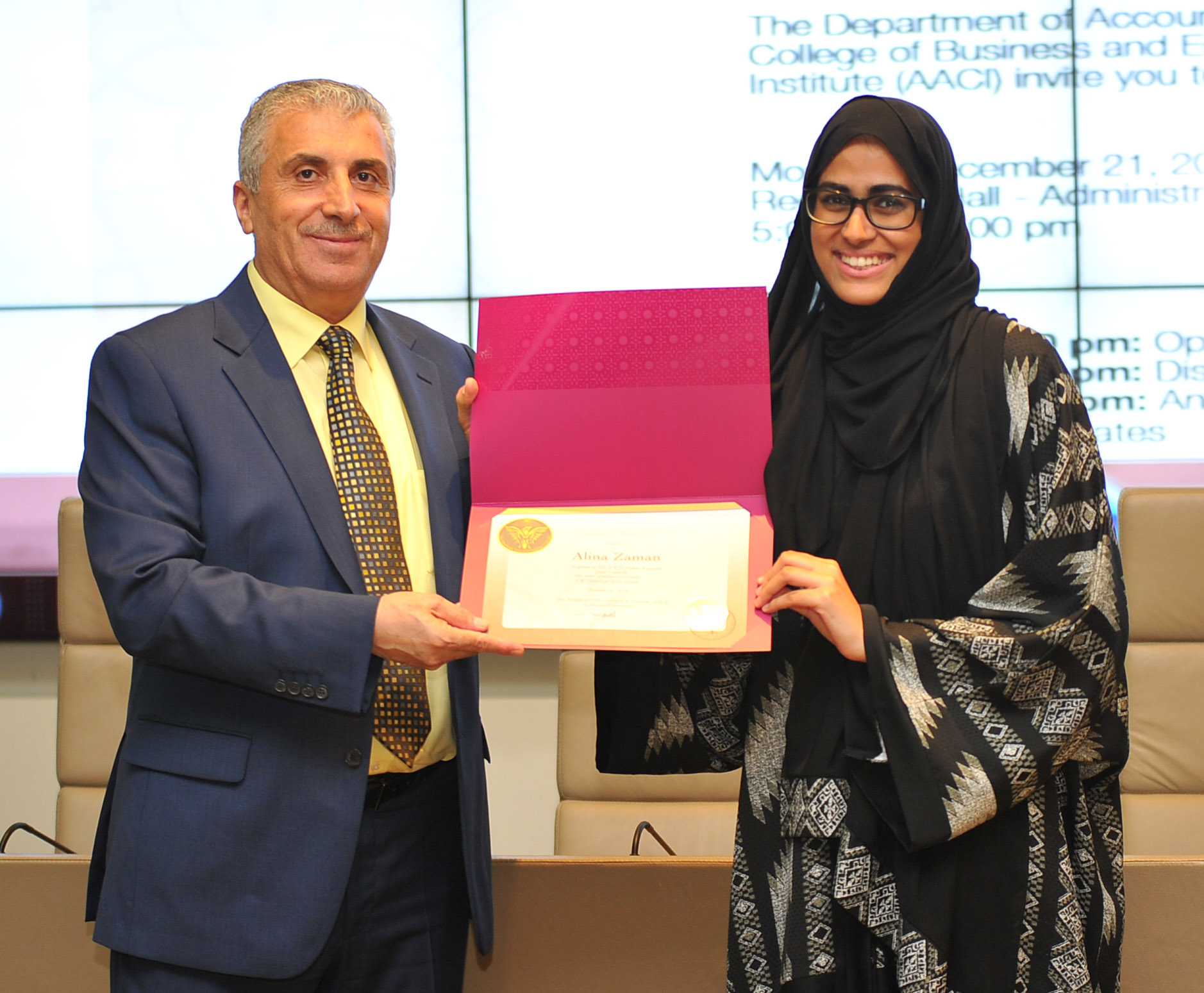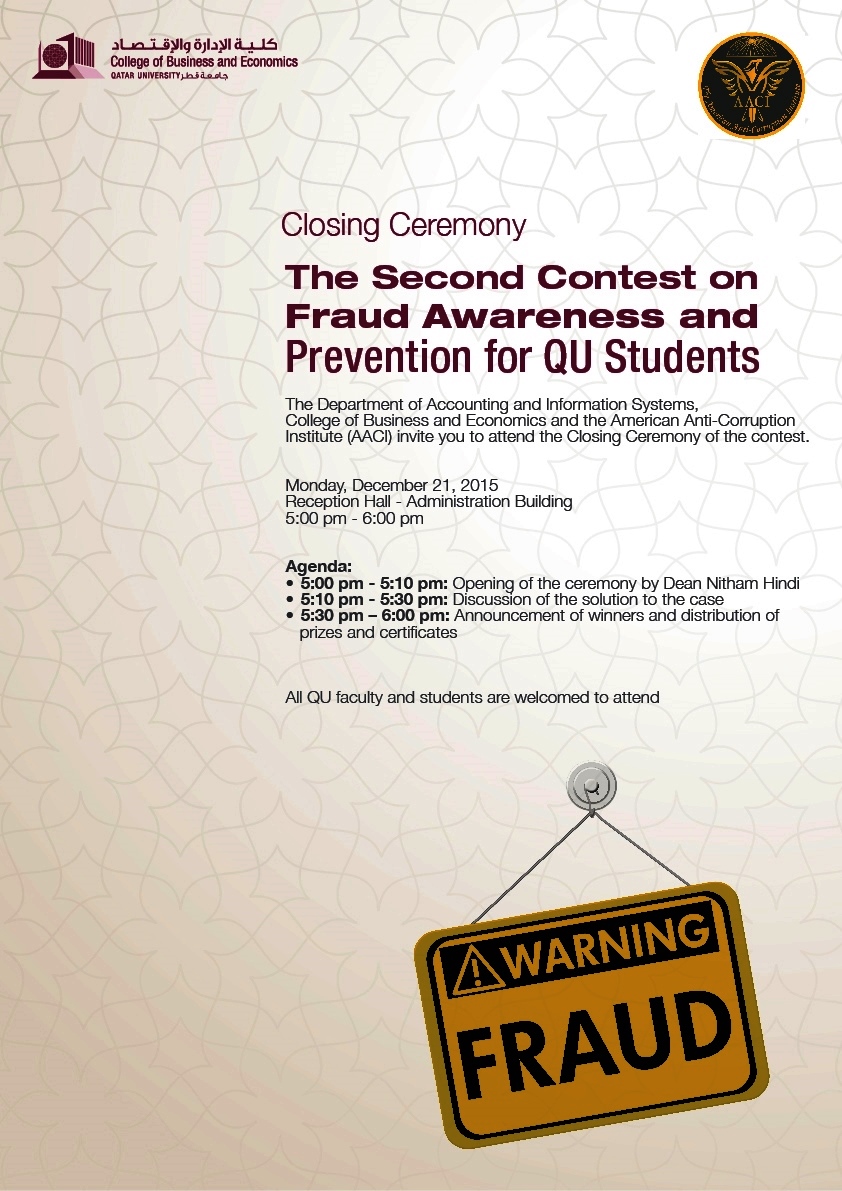June 4, 2024
1. The Fundamentals of Fighting Corruption
Corruption undermines the integrity and functioning of institutions, erodes public trust, and impedes economic development. Fighting corruption [1] requires a multifaceted approach, focusing on prevention, detection, and enforcement. Key fundamentals include [2]:
Transparency and Accountability: Establishing clear, transparent processes and holding individuals accountable for their actions are crucial in combating corruption. Transparency ensures that actions and decisions are open to scrutiny, while accountability ensures that individuals are answerable for their conduct.
Strong Legal Frameworks: Effective laws and regulations are necessary to deter corrupt activities. These should be enforced impartially and consistently to create a culture of integrity.
Robust Institutional Structures: Institutions must be empowered with the authority and resources to investigate and prosecute corruption cases. Independent anti-corruption bodies play a vital role in this regard.
2. The Importance of Integrity in Fighting Corruption
Integrity is the cornerstone of anti-corruption efforts. It involves adherence to ethical principles and moral values, promoting honesty and fairness in all dealings. The importance of integrity includes:
Building Trust: Integrity fosters trust among stakeholders, including employees, customers, and the public. Trust is essential for the effective functioning of any organization or government.
Encouraging Ethical Behavior: When integrity is prioritized, it sets a standard for ethical behavior, discouraging individuals from engaging in corrupt practices.
Enhancing Reputation: Organizations and institutions known for their integrity are more likely to attract investment, talent, and public support.
3. The Importance of Leadership by Example at All Levels
Leadership by example is critical in the fight against corruption. Leaders at all levels must demonstrate ethical behavior and commitment to anti-corruption principles. This importance is highlighted by:
Setting the Tone: Leaders who act with integrity set a positive example, creating a culture where corrupt practices are less likely to be tolerated.
Influencing Behavior: When leaders consistently demonstrate ethical conduct, it influences the behavior of employees and subordinates, encouraging them to follow suit.
Reinforcing Policies: Leaders who actively uphold and enforce anti-corruption policies reinforce their importance and effectiveness.
4. The Role of Universities in Raising Awareness
Universities play a crucial role in raising awareness about the dangers and damages of corruption. They should be engaged and defiant against corruption at both the local university level and within their surrounding communities. Their role includes:
Education and Research: Universities can educate students about the ethical, legal, and social implications of corruption, equipping them with the knowledge to combat it. Research initiatives can also contribute to understanding and addressing corruption.
Community Engagement: Universities can collaborate with local communities to promote anti-corruption initiatives and foster a culture of integrity.
Advocacy and Policy Influence: Academic institutions can influence public policy by advocating for anti-corruption measures and providing evidence-based recommendations.
5. The Role of Boards of Directors in Listed Companies
Listed companies worldwide must have directors who are aware of the damages of corruption and the board’s role in mitigating corruption risk. This role involves:
Oversight and Governance: Boards should establish robust governance frameworks to oversee management practices and ensure compliance with anti-corruption policies.
Risk Management: Directors should assess and manage corruption risks, implementing controls to prevent and detect corrupt activities.
Ethical Leadership: Boards must lead by example, promoting a culture of integrity and ethical behavior within the organization.
6. Linking Risk Management, Effective Governance, and Corruption Risks.
There is a direct link between risk management, effective governance, and corruption levels. Addressing this link involves:
Comprehensive Risk Assessment: Organizations should conduct regular risk assessments to identify and evaluate corruption risks. This enables the implementation of targeted mitigation strategies.
Effective Governance Structures: Strong governance structures ensure that anti-corruption measures are integrated into all aspects of organizational operations.
Continuous Monitoring and Improvement: Organizations should continuously monitor and evaluate their anti-corruption efforts, making necessary adjustments to enhance their effectiveness.
In conclusion, combating corruption requires a holistic approach, integrating integrity, leadership, education, and robust governance. By addressing these fundamental aspects, we can create a society that is resilient against corruption and promotes ethical behavior at all levels.
Sources and References
[1] The American Anti-Corruption Institute (AACI) defines fighting corruption under its 6th principle of fighting corruption: “Investment in Corruption Prevention” as
“a process effected by those charged with governance, employees, citizens, and other stakeholders to provide a reasonable assurance that those entrusted with power do not abuse it for private gain. It is
- Holistic,
- Continuous,
- Results-oriented,
- Multidisciplinary, and
- Encompasses all economic sectors (private and public, and non-profits)
Processes used to fight corruption are classified as follows:
- Preventive,
- Deterrent, and
- Detective ( and corrective).”
Read more at https://www.theaaci.net/Principles-of-Fighting-Corruption . Accessed on June 3, 2024
[2] These Key fundamentals constitute a limited and partial snapshot of what is mentioned in the Ten Principles of Fighting Corruption promulgated by The American Anti-Corruption Institute (AACI). Read more at https://www.theaaci.net/Principles-of-Fighting-Corruption. Accessed on June 4, 2024
